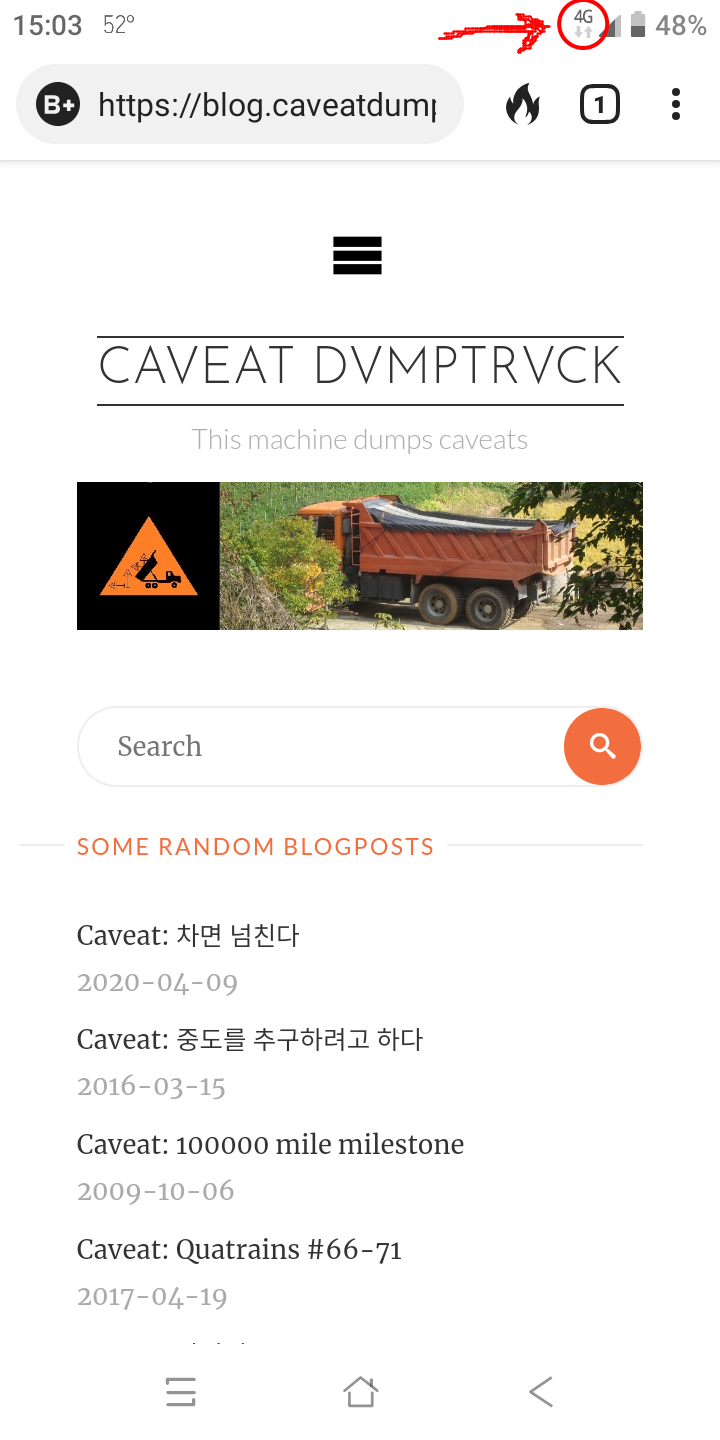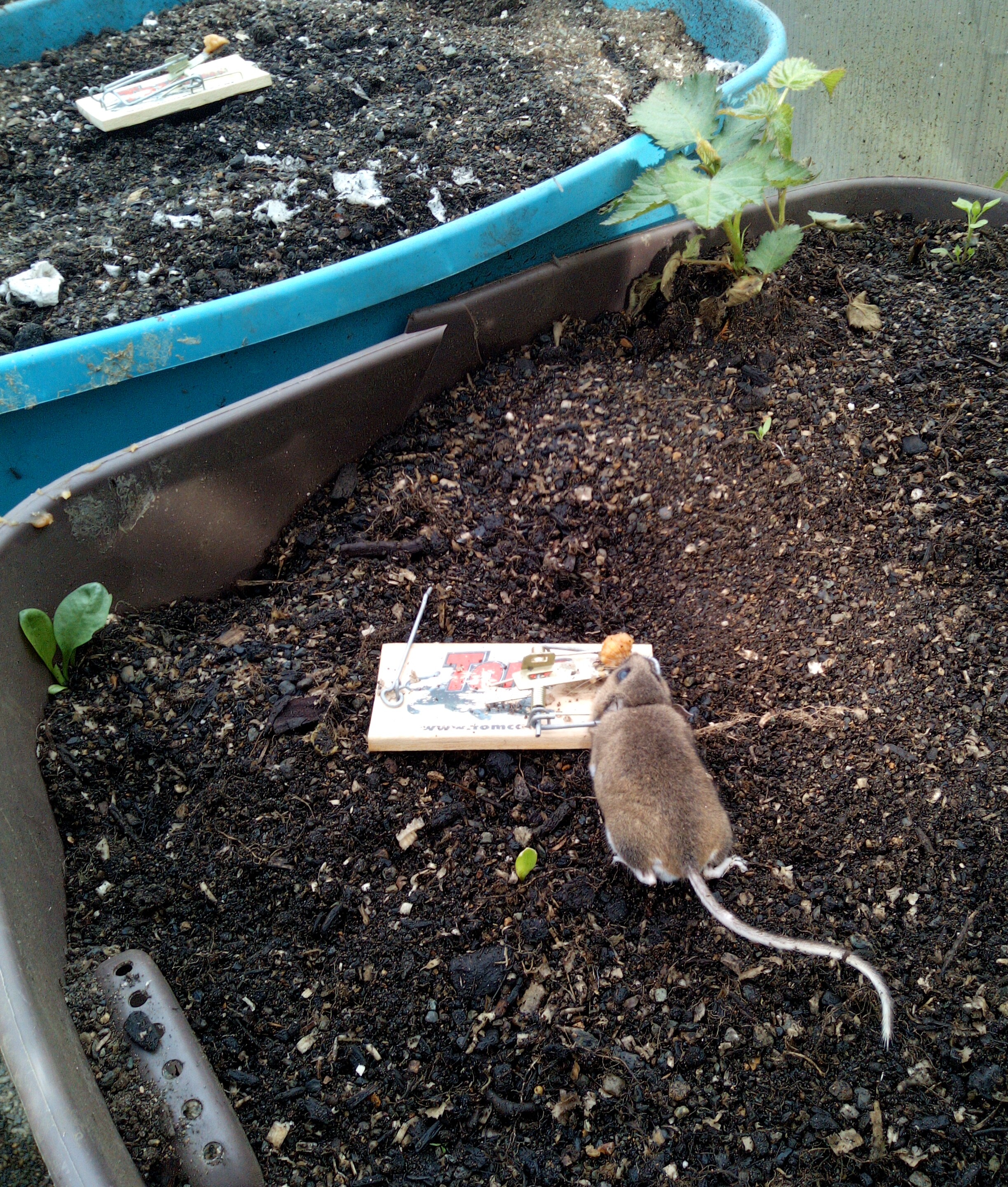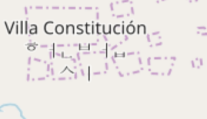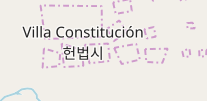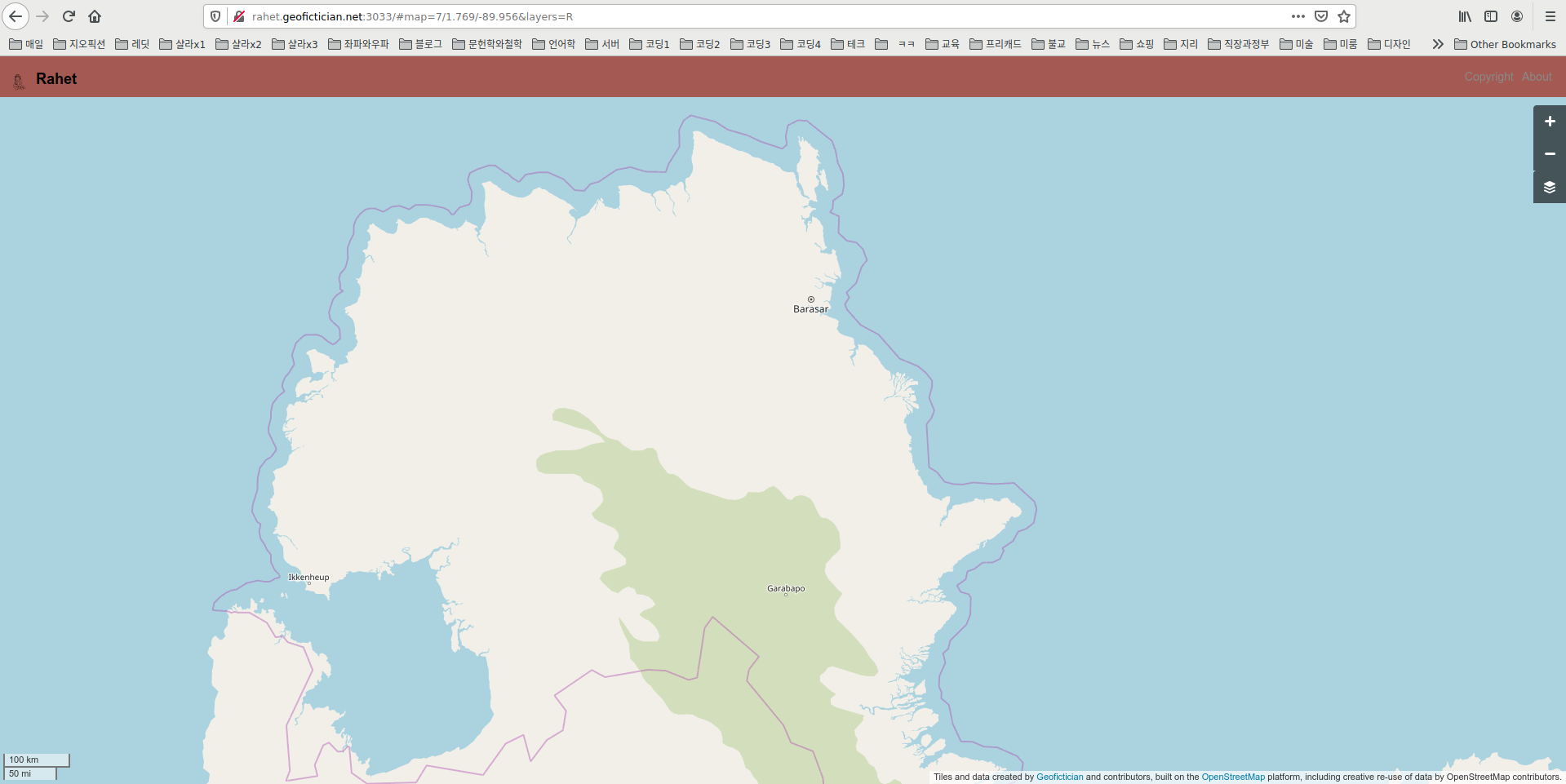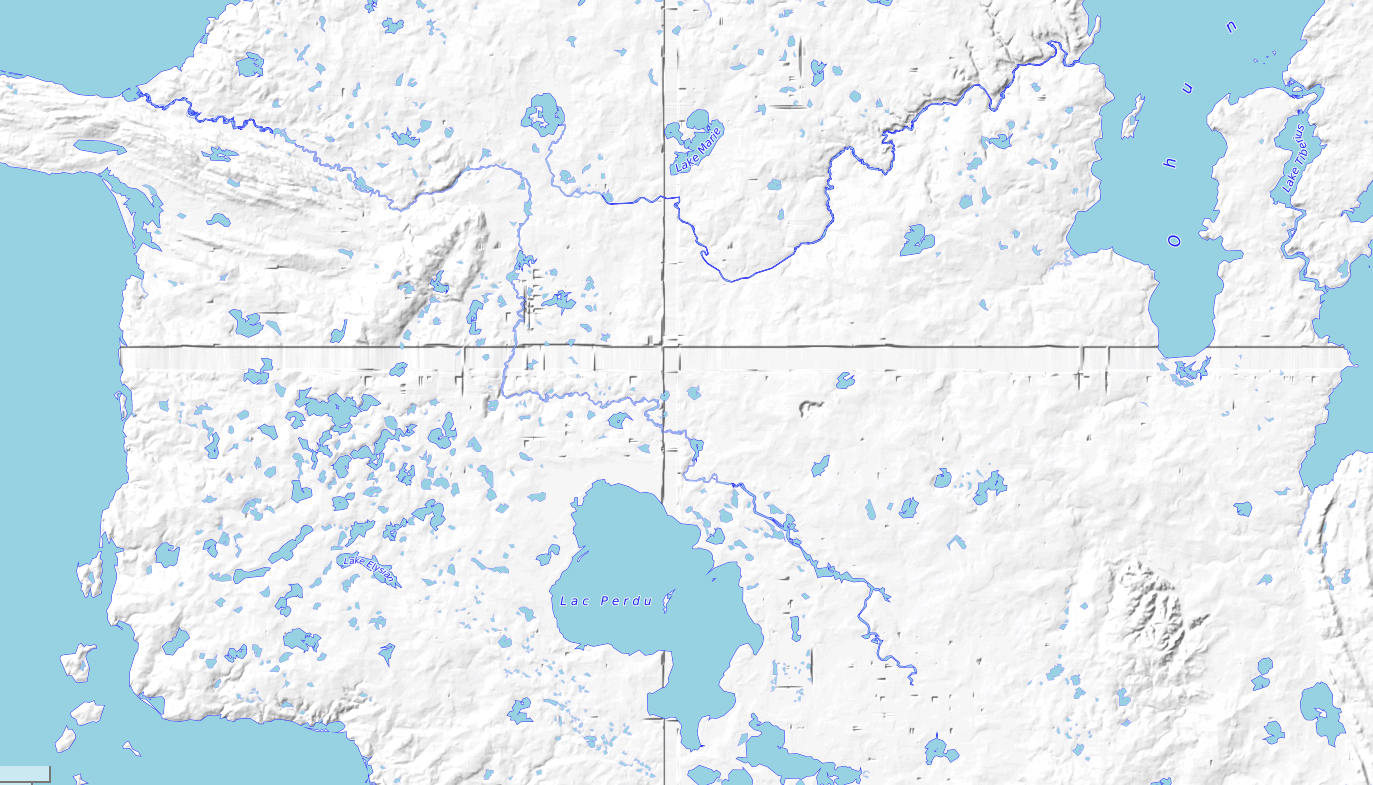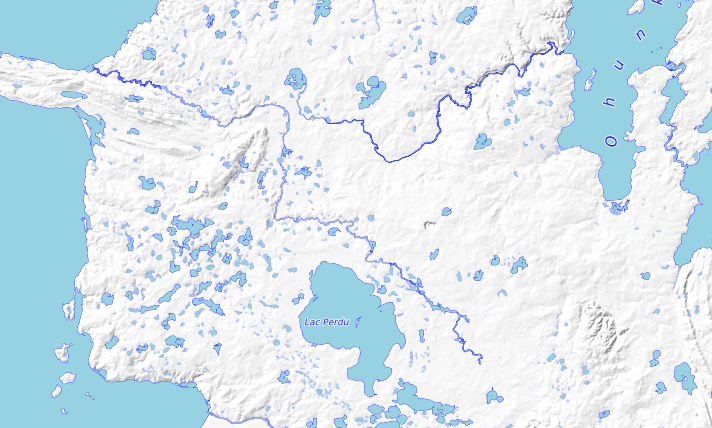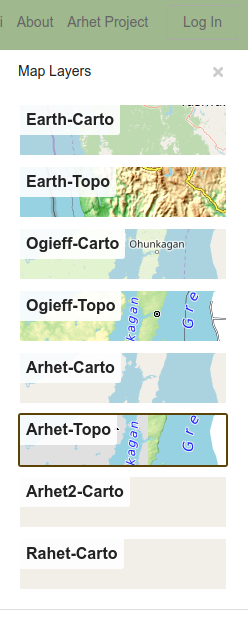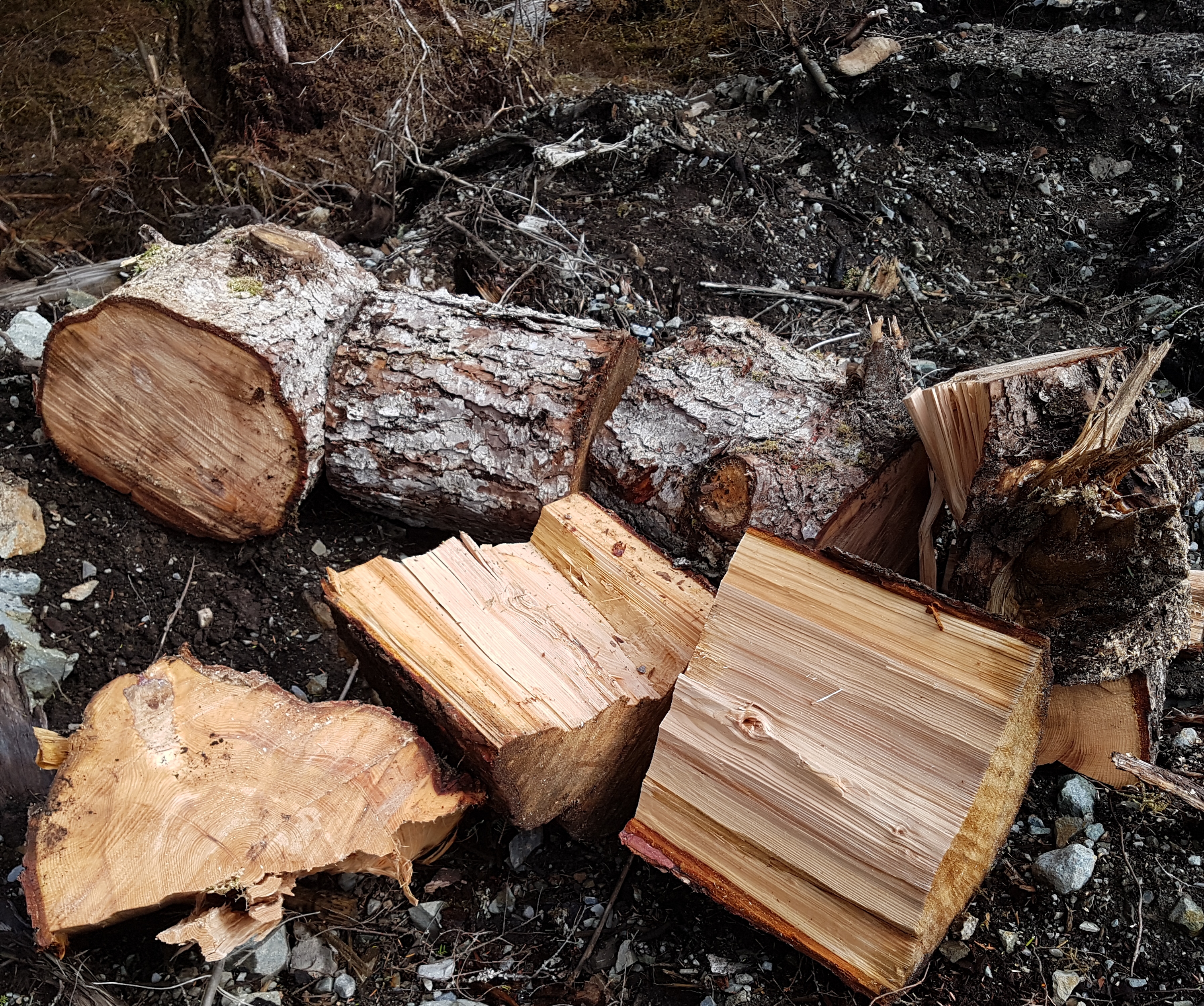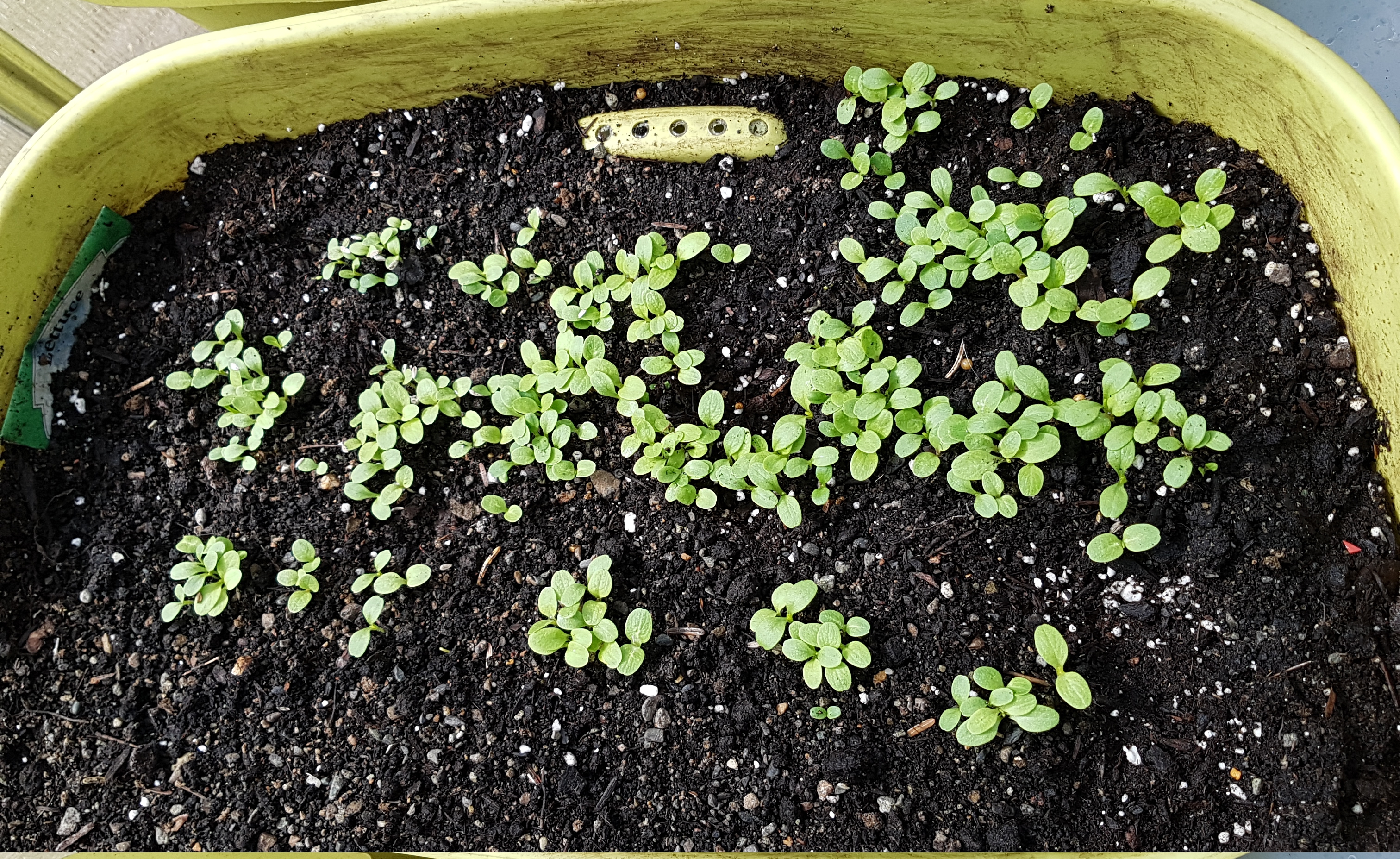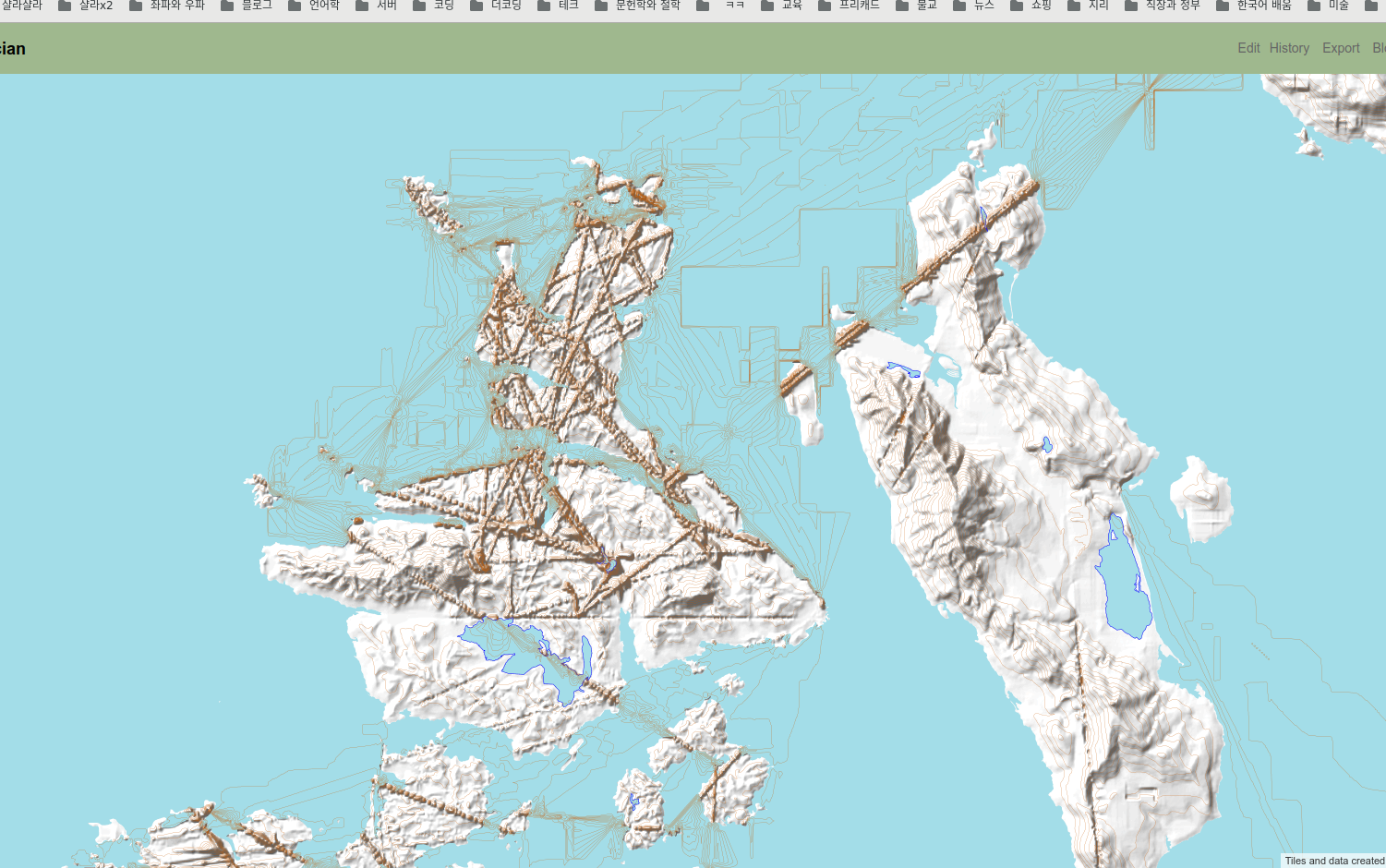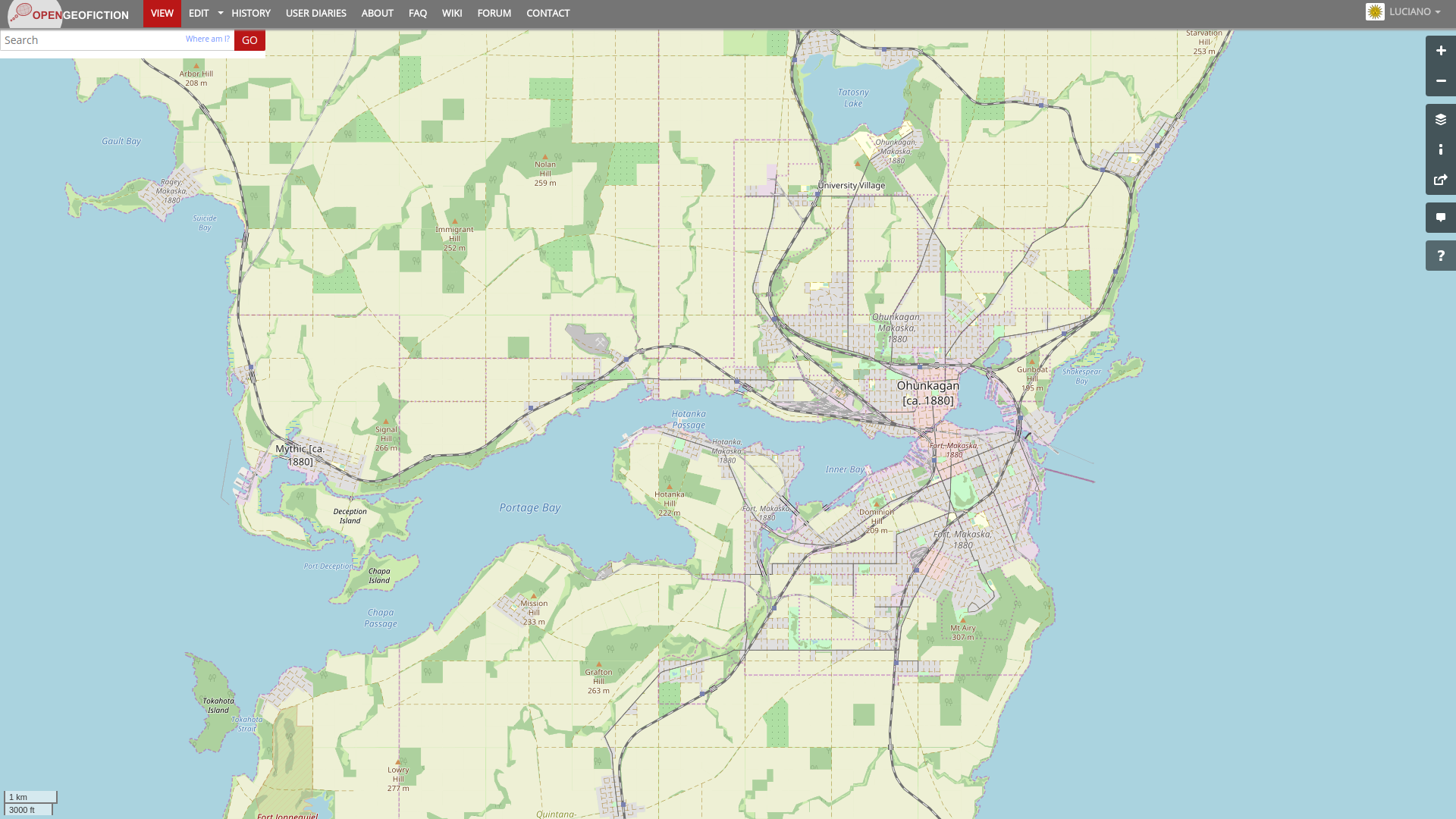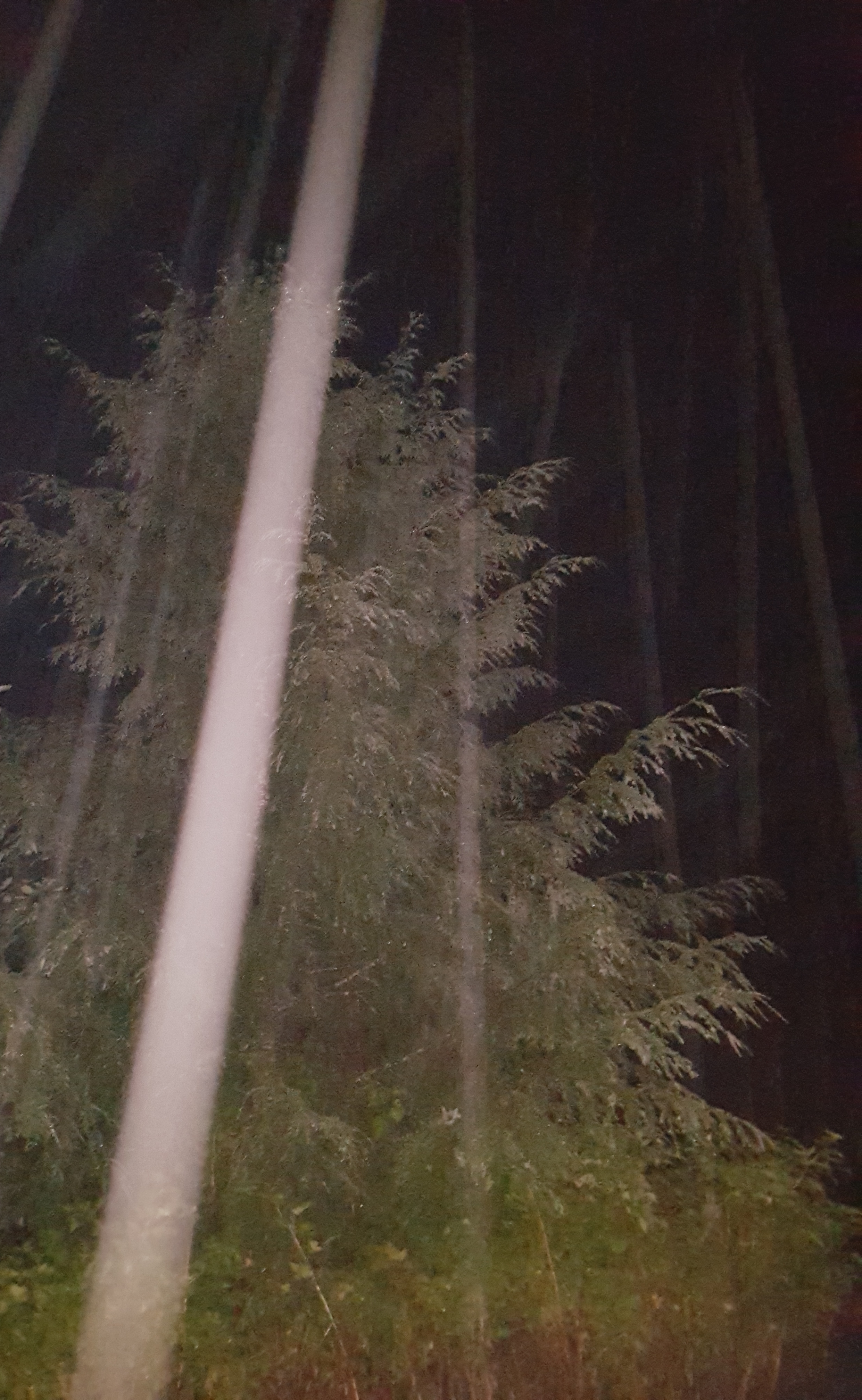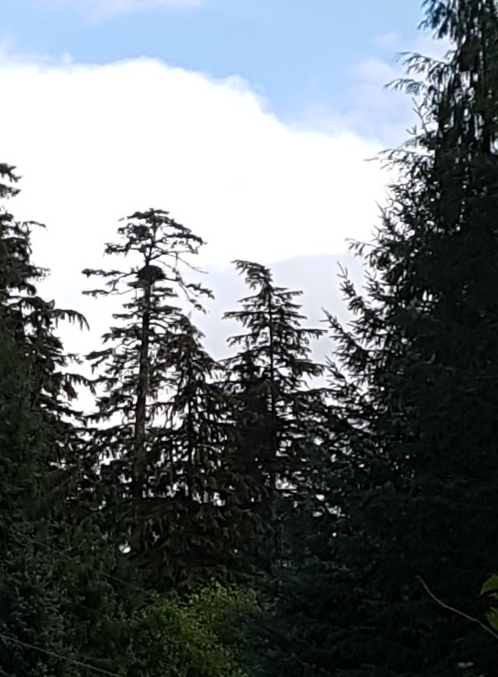[The below is cross-posted from my other blog.]
I’m super bad about posting to this blog. That’s partly because I feel a strong desire to report some actual, positive progress, which I haven’t felt enabled to do.
I have been very busy with HRATE technicalities. I am building – very, very slowly – a “mirror” for opengeofiction.net (OGF). I think if this is successful, then the owner of that site, who has expressed interest in “letting go” of having to continue to maintain it, will allow the mirror to take over for the site and a transition to a new hosting environment will be complete.
Someday, I intend to write up, in elaborate, technical detail, this process of setting up a mirror. But in broad outlines, here is what it involves (has involved, will involve).
- Build a new Ubuntu 20.04 LTS server. This leads to lots of incompatibilities farther down the line, because the existing OGF server is an older version. Install the basics – apache, postgresql, etc.
- Install an OSM rails port on the server.
- Migrate the OGF data to this server. This was very, very hard – because the OGF data (in either .osm.pbf format, or in pg_dump format) proved to contain inconsistencies (data corruption). Some missing current nodes and ways had to be restored manually (text-editing .osm = .xml files). This ended up a 2-weeks-long process.
- Set up incoming replication from the source apidb (OGF) to the new mirror (currently being called ogfdev).
- Set up outgoing replication for the new ogfdev instance (to drive render, overpass, etc)
- Set up a new primary render. This had some sub-parts.
- coastlines. This proved very difficult, because as far as I can figure out, the osmcoastline tool used to create the coastline shapefiles is broken on Ubuntu 20.04. An older version must be used. My current workaround: I’m actually running coastlines on an older server. I import a coastline-containing pbf file to the older server, run the osmcoastline tool, and post the shapefiles for consumption on the render server.
- I made a decision to run the renders on a different server than the apidb. I think this might involve a bit more expense, short term, but it makes the whole set of processes more scalable, long term. My experience with Arhet is that the render requires scaling sooner / more frequently than the apidb, as the user base grows. Installing the render software (mod_tile and “renderd”) proved difficult. It turns out that there are some lacunae and downright incorrect steps in the documented installation sequences on github.
- Set up incoming replication from the ogfdev database to the render database.
- There are substantial differences in recent versions of the openstreetmap-carto style – specifically, the special shapefiles are no longer stored in as datafiles in data folder in the render directory. Instead, the shapefiles are loaded to the database. Because non-standard shapefiles are used, this means rewriting the load procedures (python scripts) – the standard approach is to just grab the files for “Earth” (because who would run osm for some other planet?!). So that file-grabbing is hard-coded in the procedure.
- Set up a new topo render. The topo render was shut down on OGF, so this will be the only working version. Unfortunately, I ran into a similar problem with some of the topo pre-processing as I ran into with osmcoastline, above. I suspect for the same reason – something in one of the dependencies they both have. So the topo pre-processing (turning the .hgt files into a contour database) is also being run on a separate, Ubuntu 18.04 server (just like the coastlines).
- Set up appropriate changes and customizations for the front-facing rails port (osm website). This involves importing user data (done) but also user diaries (not done). These require ad hoc SQL coding that give me flashbacks to my job as DBA in the 2000’s. Another unfinished piece – internationalization. The current ogfmirror website looks okay, but only in English. Switch to another language, and it all reverts to OSM boilerplate. Why is internationalization done so badly on production software of this kind? I see no easy solution except manually editing each language’s .yml file in turn (OSM has a 100+ languages). Or building my own damn application to achieve that result.
- Set up overpass and overpass-turbo. Overpass installs relatively painlessly, but I’m having trouble getting incoming replication to work correctly. overpass-turbo was quite difficult – the current version on github is flat-out broken, and so an older version (commit) must be compiled and installed. Further, the compilation and configuration process overwrites some of the parameters files, so the parameters files have to be modified after running the first steps of configuration, but before the last part. This is the step I am on right now.
- Set up nominatim? – nice to have, but not urgent. Anyway nominatim doesn’t work on the existing OGF website
- Implement some of the custom tools that are available on the OGF website: the “scale helper,” the “coastline helper,”…
- What else? This is a work in progress…
So I’ve been busy. Here is a link to the site. Bear in mind, if you are reading this in the future, the link may not show you what I’m currently writing about, but rather some future iteration of it.
I’m still working on some of those last steps. Open to hearing what else needs to be done.
What I’m listening to right now.


